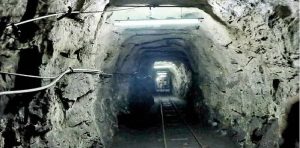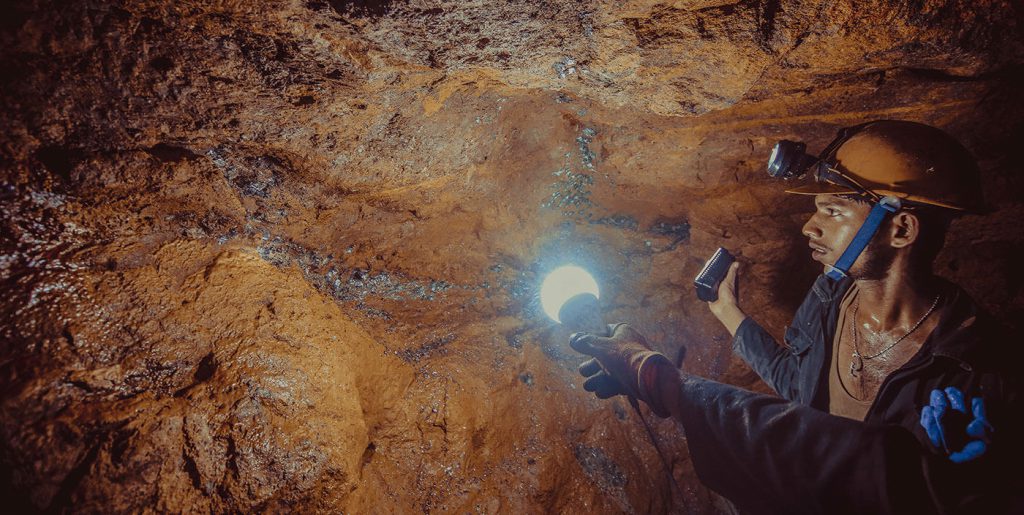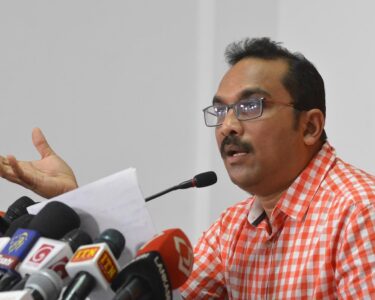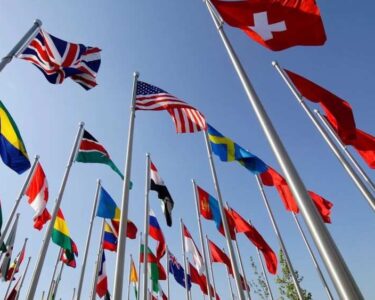
Sri Lanka, known for its stunning beaches and ancient ruins, harbors another valuable treasure: vein graphite, the purest on Earth. For centuries, this “black gold” has been mined and exported, but a new chapter is unfolding. Sri Lanka is shifting its focus from raw material exports to unlocking the full potential of this versatile mineral.
Graphene is basically a single atomic layer peeled off from the stacked layers of the mineral graphite, like a sheet from an onion. Whith this you culd develop revolutionary electronics: Create incredibly efficient superfast processors, flexible displays, or ultra-durable phone screens.
: Build next-generation batteries, flexible solar panels, or highly efficient energy-harvesting devices.
It also could be used for medical l advancements: Develop biocompatible sensors, drug delivery systems, or tissue engineering applications.
Just like an onion has layers of possibilities, a sheet of graphene can be manipulated and combined in countless ways to achieve amazing things!
Sri Lankan Vein Graphite:
Purity at its Peak: Unlike its flake graphite counterparts, Sri Lankan vein graphite boasts an exceptional 95-98% carbon purity. This makes it highly sought-after in cutting-edge technologies like lithium-ion batteries, crucial for electric vehicles and renewable energy storage.
From Export to Innovation: Traditionally, Sri Lanka exported unprocessed graphite, losing potential profits and jobs. Now, the tide is turning. The government is actively promoting domestic processing and value addition, encouraging ventures into graphene production, refractory materials, and lubricants.
Unleashing the Opportunities: The possibilities are vast. Graphene, a derivative of graphite, holds immense promise in electronics, construction, and healthcare. Sri Lanka’s high-quality graphite is perfectly positioned to fuel this revolution.
Government Backing: Recognizing the potential, the Sri Lankan government is offering financial and technical support to investors. New processing facilities are springing up, attracting international collaboration and creating skilled jobs.
Challenges Remain: Despite the optimistic outlook, hurdles persist. Environmental concerns around mining need responsible measures, and skilled labor needs to be nurtured to tap into the industry’s full potential.
A Bright Future Beckons: The future of Sri Lanka’s vein graphite industry is undeniably bright. With its unique resource, government support, and a growing focus on innovation, the island nation is poised to transform its “black gold” into a driver of economic prosperity and technological advancement.
Sri Lanka has recognized the immense potential of its high-purity vein graphite in the burgeoning graphene market and has taken several steps to establish itself as a player in this field:

Lack of infrastructure and expertise: While Sri Lanka boasts exceptional vein graphite, it currently lacks the specialized processing facilities and technical know-how required for large-scale, cost-effective graphene production. Setting up these capabilities requires significant investment and collaboration with established players.
Market entry challenges: The global graphene market is already dominated by established players like China, Europe, and the US, who possess advanced research and production infrastructure. Breaking into this competitive landscape requires Sri Lanka to differentiate itself by focusing on its unique high-purity graphite and developing niche applications.
Limited research and development: Sri Lanka needs to invest heavily in research and development to adapt its existing graphite mining infrastructure for graphene production and stay ahead of the curve in technology advancements. This requires skilled personnel and collaboration with academic institutions and research centers.
Environmental concerns: Concerns around the environmental impact of traditional graphite mining practices can deter ethical investors and consumers. Sri Lanka needs to demonstrate its commitment to sustainable and responsible mining practices to build trust and attract responsible partnerships.
Policy and regulatory hurdles: Lack of clear regulations and policies specific to the graphene industry can create uncertainty for investors and hinder market development. Establishing a well-defined regulatory framework that encourages responsible practices and incentivizes innovation is crucial.
Parliamentarian Dr Harsha De Silva recently pointed out that there is significant disparity in market prices between graphite and graphene. While graphite sells for a relatively modest $2.50 per kilogram globally, graphene commands a much higher market price, reaching up to $10,000.
Dr. De Silva firmly believes that expanding graphene production could be a viable solution for Sri Lanka’s financial challenges. He even likened Sri Lanka’s graphene resources to a “goldmine,” suggesting that tapping into the graphene mark could be a substantial source of income for the nation.







